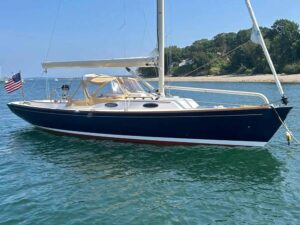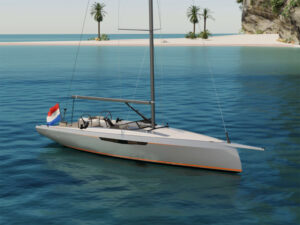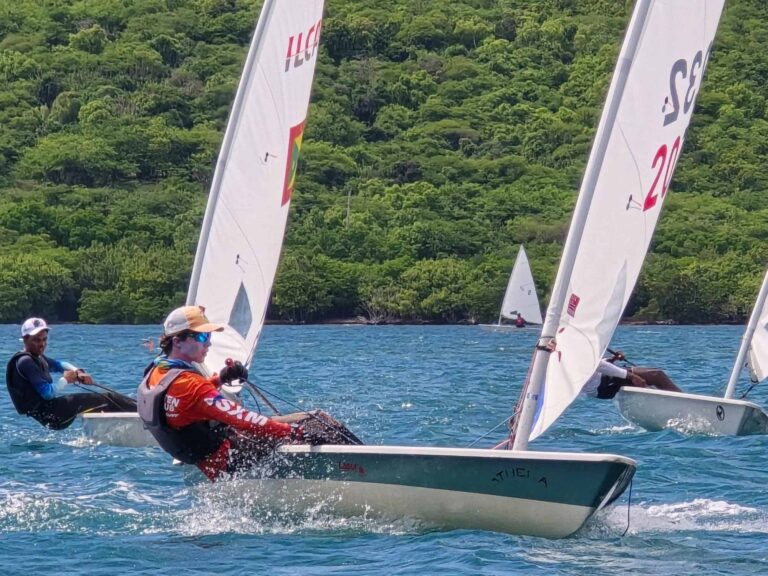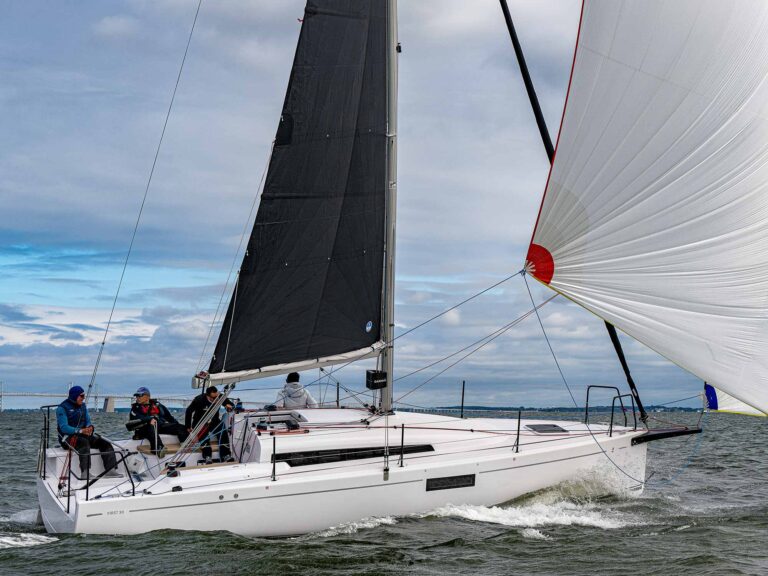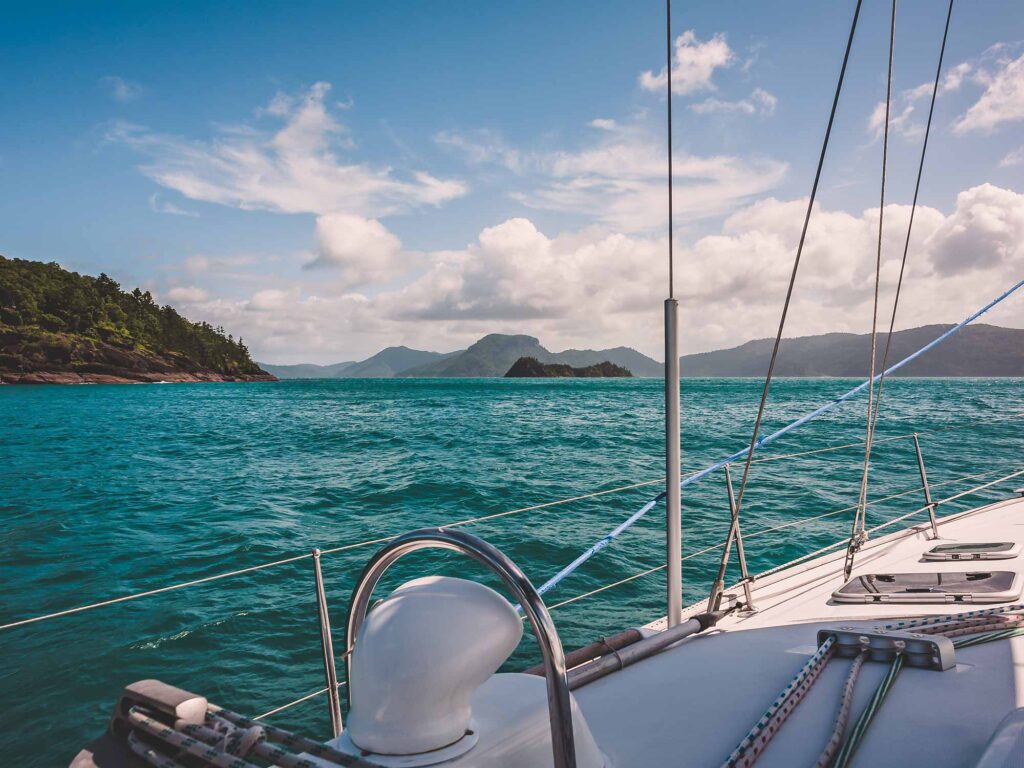
Each fall, a familiar sight plays out along the US East Coast. Mastheads dip southward, cockpit canvas snaps in the first cool northerlies, and cruising sailors trade frost for turquoise water. The run from New England to the warm latitudes is not just a trip. It is a rite of passage, something between a seasonal escape and a seamanship masterclass.
Whether your winter destination is Florida, the Bahamas or deeper in the Caribbean, planning early and moving with intention can make your passage safer and a lot more enjoyable. Here is how experienced sailors approach the southern migration and what you can do to prepare your crew and boat.
Test your heavy-weather game at home
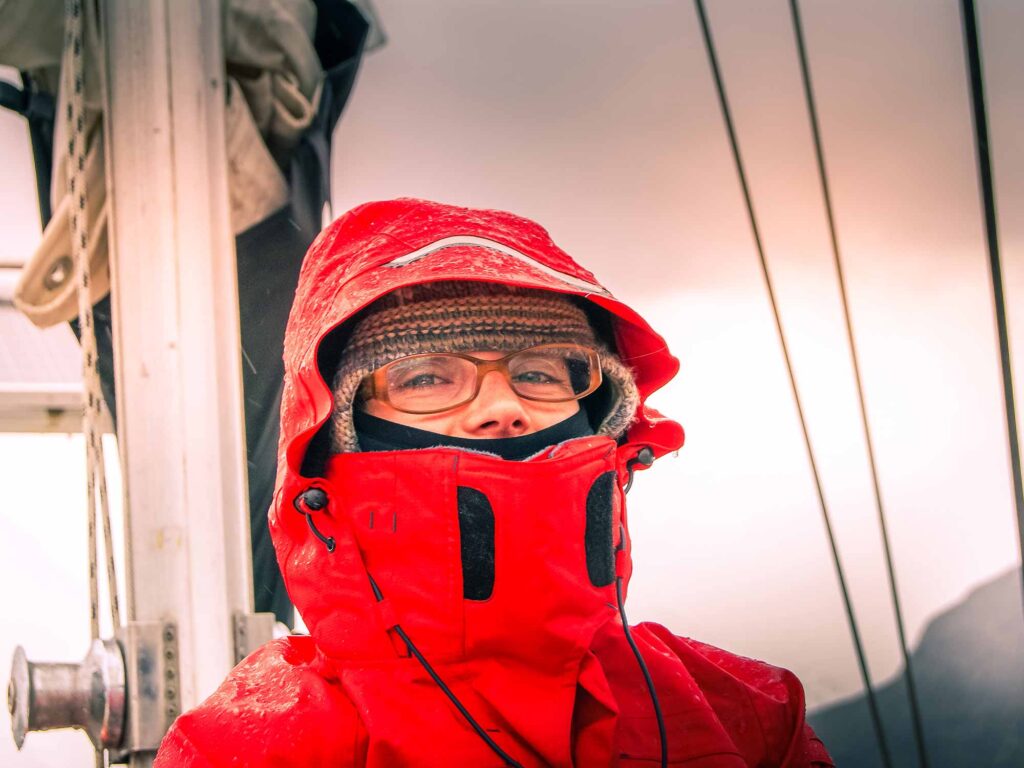
Before pointing the bow south, take your boat out in a solid breeze and practice. Reef early, shorten headsails, and get comfortable handling the boat when it is pressed. Try beating, reaching and running. Practice heaving-to. Hoist and tension your storm or staysail rig if you have one. Try your emergency tiller on multiple points of sail.
You do not need a gale. You need repetition. The goal is to uncover weak points in gear and confidence while you still have chandlers, riggers and parts close by. Veteran voyagers will tell you that nothing lowers offshore anxiety like knowing your reefing systems and steering backups work without hesitation.
Treat reefing as a daily tool
The boats that stay comfortable offshore are the ones that reef with purpose. Reefing is not about surrender. It is about flattening the main, reducing weather helm and locking in an easy motion when evening squalls roll through. If you have in-boom or single-line reefing, have a rigger inspect the run and remove twists before departure. Sail in moderate air and practice tying reefs and shaking them out until the process is smooth.
Rig a preventer you trust
A preventer system is cheap insurance against an accidental jibe when running in swells. Rig one end permanently forward, keep it ready to deploy, and rehearse the setup so there is no fumbling in the dark. Many experienced crews also run a reaching sheet for the genoa to open the slot and reduce chafe when broad reaching. Small rigging refinements can turn a rolling run into steady, fast downwind sailing.
Think ventilation, warmth and crew comfort
Early legs can be cold. One day you may be scraping frost off dock lines. A few days later you are rolling into Charleston in shorts. Make it easy for your crew to stay warm, dry and rested during the transition. Fit reliable dorades or opening hatches under a dodger so you can keep air moving when closed up in heavy weather. Offshore fatigue causes mistakes. Warm meals, sleeping bunks that hold you on heel, and a watch schedule with real rest time go a long way.
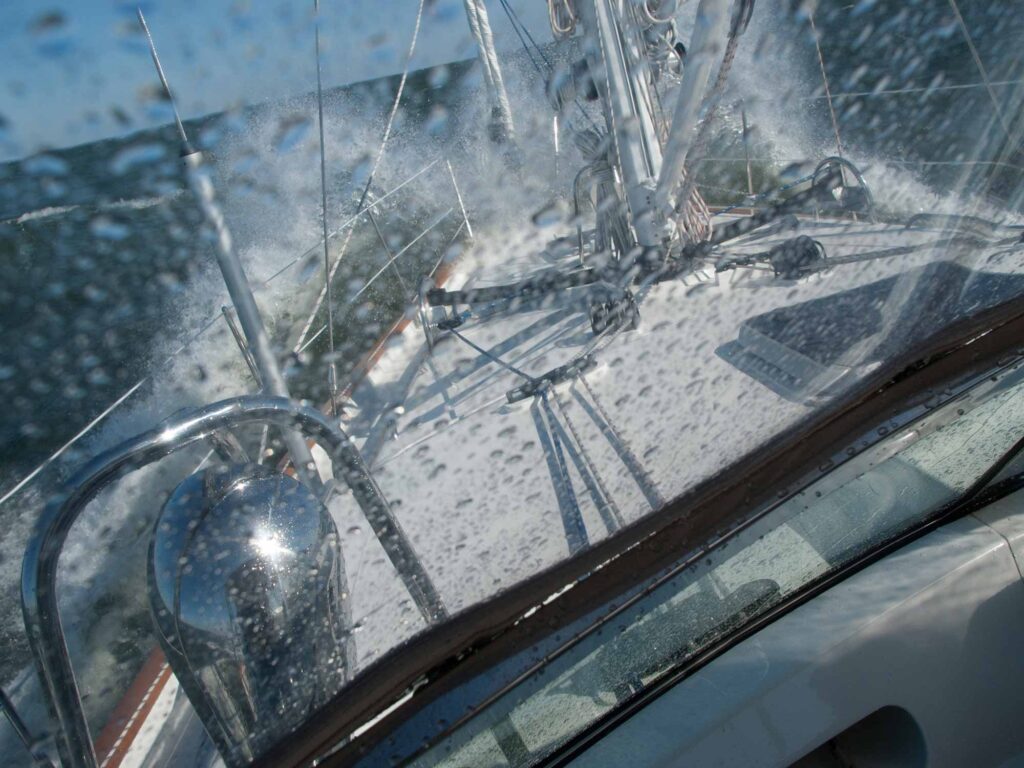
Pick the right route for your boat and timing
There is no single “right” way south. Boaters choose based on mast height, time, comfort level offshore and destination.
Popular approaches include:
Inside to Florida on the ICW
Ideal for boats that can clear bridges and want to stay inshore. The Intracoastal Waterway offers protection, services and shorter travel days. Watch tides, bridge timing and shoaling. Frosty mornings are temporary. By the time you hit St. Augustine, you will be peeling off layers.
Offshore hops to Charleston or Beaufort, then offshore to the trades
Many crews jump offshore in mid-Atlantic ports and work south-southeast until the easterlies fill in. This route avoids the worst North Atlantic gale belt and keeps the Gulf Stream crossing short.
Avoiding Bermuda on late-fall departures
Classic offshore voices warn that the November gamble to Bermuda often looks good on paper and bad on a weatherfax. Boats that cannot outrun fall systems may find themselves in the teeth of a front. Unless you are heading there early season or cruising slowly, most modern snowbirds skip Bermuda and head straight for lower latitudes.
Weather windows are shorter than you think
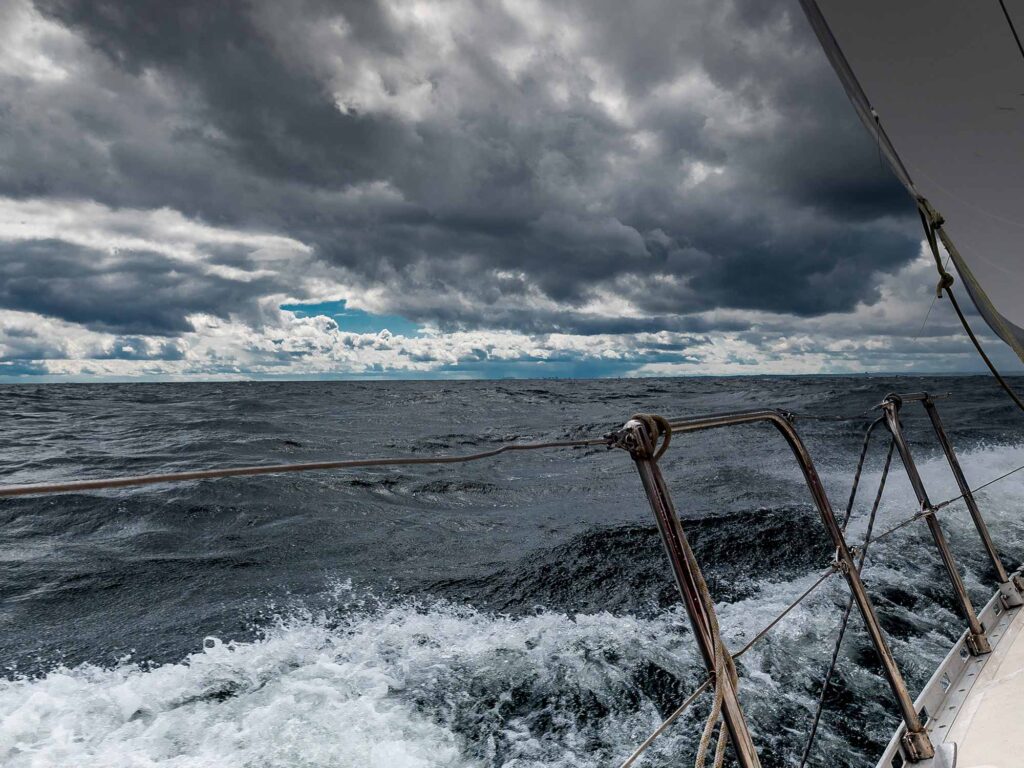
Modern routing tools are excellent, but long-range fall forecasts still expire fast. Look for a clean Gulf Stream crossing period and commit to conservative calls. A steady 15 to 20 knots over the quarter is cruising bliss. Thirty knots on the nose in cooling water is teaching you lessons you can learn in textbooks instead.
Experienced voyagers do not hunt perfect weather. They avoid bad weather, prepare for uncomfortable stretches and keep options open.
Fuel, spares and mechanical confidence
Heavy-air training is important, but there will also be quiet stretches when a low-rpm motor push keeps the schedule sane. Carry filters, belts and tools, and practice changing them underway. Clean fuel and reliable cooling belts matter just as much as a balanced sailplan.
If you have never changed a filter offshore on a heel, do it once before departure. Confidence in basic engine work removes stress when you need it most.
Crew matters more than electronics
One of the most repeated offshore truths: fatigue breaks boats and people. A couple with limited offshore time is wise to bring an experienced friend or paid skipper for the first run south. The learning curve is steep, but with the right help, you start the season confident instead of rattled.
Food helps too. Prepare a few hot, hearty meals in advance. When the boat is moving and the breeze builds, having stew or pasta sauce ready to heat keeps morale high.
Enjoy the ride and embrace the surprises
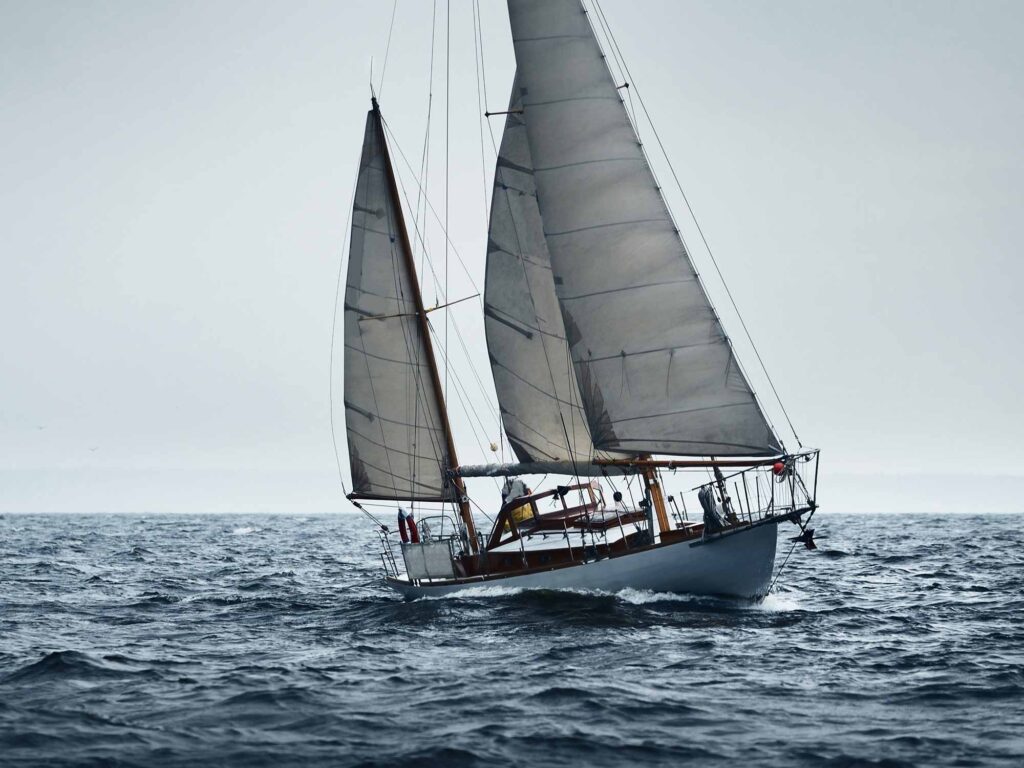
The great migration south is not just about palm trees and rum punches. It is about stories. Sometimes those stories involve warm trade-wind surges on the quarter. Sometimes they involve coaxing a frozen hose off a North Carolina dock at dawn. Either way, you remember them forever.
Prepare, sail smart and give yourself space for the unexpected. That is how you join the long tradition of cruisers who point the bow toward the tropics when the days turn short and the sea calls you forward.
Southbound Prep Checklist
Hands-On Sailor Quick Guide
Before You Cast Off
- Inspect rigging, chainplates, turnbuckles, and cotter pins
- Service winches and lubricate furlers
- Test and practice reefing under sail
- Install jacklines and inspect harnesses/tethers
- Confirm emergency tiller fits and functions
- Review ditch-bag gear and register EPIRB
Sails and Deck Gear
- Add or prep a staysail and removable inner stay
- Carry spare sheets, preventer lines, and chafe gear
- Inspect sails for weak stitching and UV damage
- Practice heaving-to and running off in heavy weather
- Secure anchors, dinghy, and deck gear for offshore
Mechanical & Electrical
- Change fuel filters; carry spares and belts
- Bleed fuel system and practice at sea
- Test bilge pumps and manual backup
- Verify alternator, batteries, and charging systems
- Inspect steering quadrant and cables
Safety & Navigation
- Update charts and nav software
- Confirm radar, AIS, and satellite comms
- Create daily radio schedule with a buddy boat
- Review abandon-ship plan and crew roles
- Practice man-overboard recovery
Provisioning & Comfort
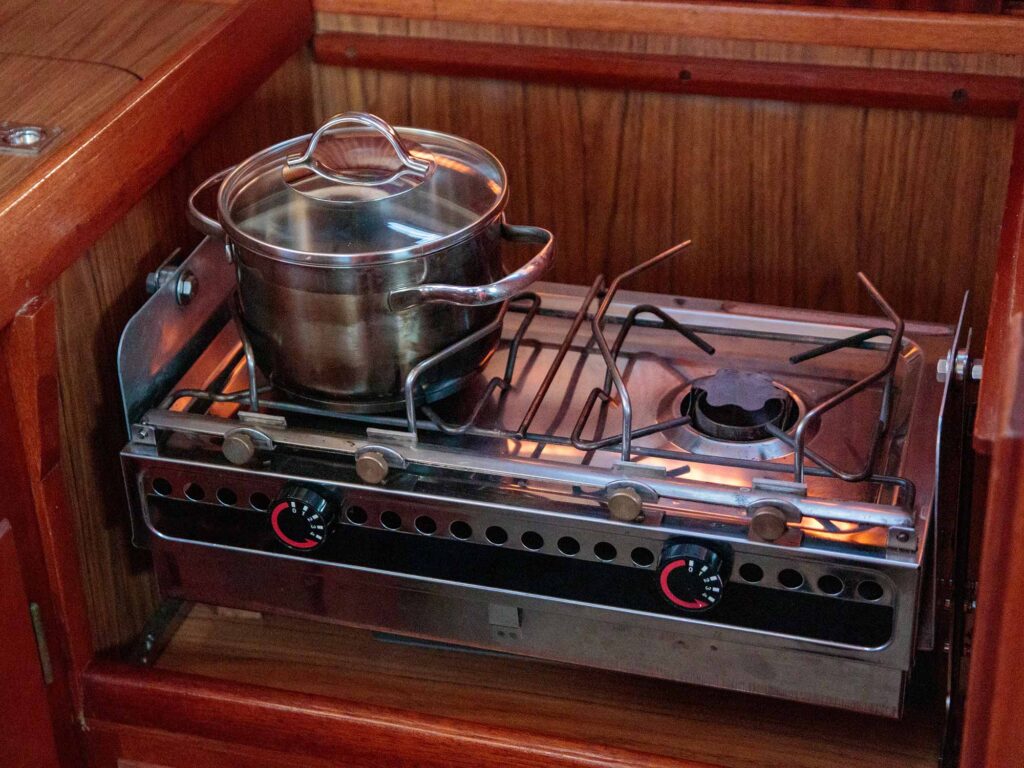
- Pre-cook several heavy-weather meals
- Stock seasickness remedies and hydration supplies
- Ventilation scoops and fans ready for tropics
- Foul-weather layers, gloves, and handwarmers
- Warm-up line and hose if freezing temps possible
Weather & Routing
- Study Gulf Stream angle and eddies
- Track fronts and avoid early-season tropics
- Identify bail-out harbors and alternate routes
- Pick a departure window with light northerly push
- Plan conservative watches: 4-on/6-off ideal
Mindset
- You aren’t racing: comfort equals safety
- Slow down when tired or the sea builds
- Embrace the unexpected and enjoy the ride south
Pro Tip: Practice every critical evolution in home waters first. Offshore is no place to realize you don’t know where a wrench lives.
Rich Douglas is a lifelong cruiser who has logged thousands of miles between New England and the Caribbean aboard his 36-foot sloop, Island Time. When he’s ashore, you’ll likely find him tinkering with a new galley gadget or hunting down the best marina coffee on the East Coast.

